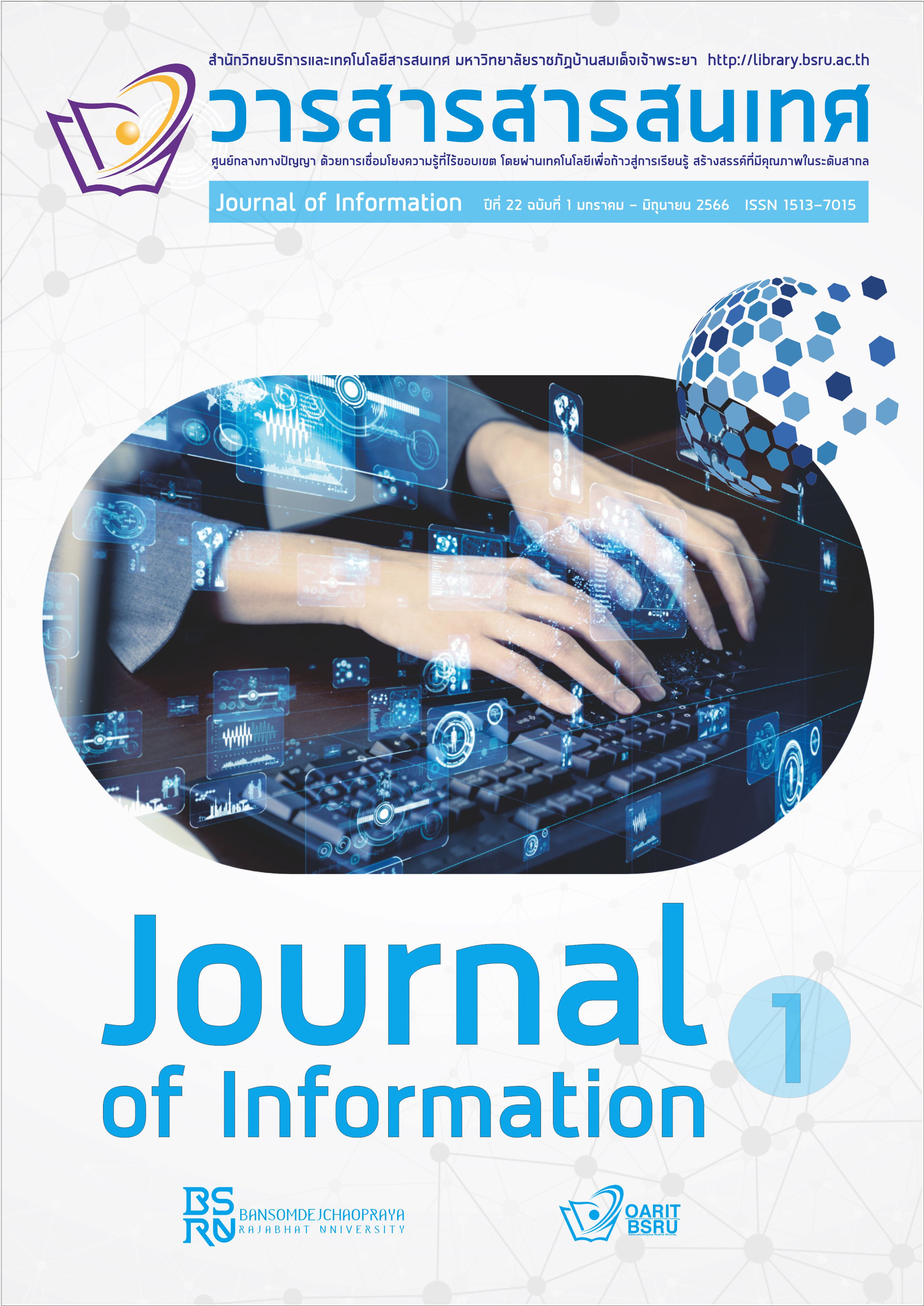The Purposes of this Study were to Create and Develop Problem-based Learning (PBL) to Promote Science-based Problem-solving Skill for Primary 1 Students
Keywords:
Computational science, Scientific problem solving, Problem-based learning, Grade 1Abstract
The purpose of this research 1) To explore and evaluate the fundamental data in order to create a learning management system to support the development of scientific problem-solving skills. For Grade 1, (Computational Science). 2) to design and refine a problem-based learning framework to advance students' capacity for problem-solving in the sciences. For Grade 1, (Computational Science). 3) To test the effectiveness of problem-based learning management in fostering the capacity to address scientific issues. For Grade 1, (Computational Science). 4) to gauge the degree to which organized pupils are satisfied Using problem-based learning to improve one's capacity for scientific problem-solving. Grade 1 (Computational Science).Administrators, managers, instructors in computational science, and first-graders made up the population. Prathom Suksa served as the research's sample population. Ban Khuha Sawan Municipal School's third graders. 32 students were selected by cluster sampling from Phatthalung Municipality Mueang Phatthalung District Phatthalung Province's first semester of the 2019 academic year. research resources 1) A problem-based approach to learning management Lesson Plan No. 2 3) a test to gauge one's capacity for problem-solving 4) Customer Satisfaction Survey Mean, percentage, standard deviation, and statistics (t-test) are among the statistics used to examine data.
References
กรมวิชาการ กระทรวงศึกษาธิการ. (2551). หลักสูตรแกนกลางการศึกษาขั้นพื้นฐาน พุทธศักราช 2551. โรงพิมพ์คุรุสภาลาดพร้าว.
กระทรวงศึกษาธิการ. (2560). มาตรฐานการเรียนรู้และตัวชี้วัดกลุ่มสาระการเรียนรู้คณิตศาสตร์ วิทยาศาสตร์และสาระภูมิศาสตร์ ในกลุ่มสาระการเรียนรู้สังคมศึกษา ศาสนา และวัฒนธรรม (ฉบับปรับปรุง พ.ศ. 2560) ตามหลักสูตรแกนกลางการศึกษาขั้นพื้นฐาน พุทธศักราช 2551. ผู้แต่ง.
ชานนท์ จันทรา. (2554). “การประเมินความสามารถทางคณิตศาสตร์ของผู้เรียน” ในประมวลชุดวิชาการจัดประสบการณ์การเรียนรู้คณิตศาสตร์ หน่วยที่ 8 – 15. นนทบุรี : มหาวิทยาลัยสุโขทัยธรรมาธิราช.
ทิศนา แขมมณี. (2554). รูปแบบการเรียนการสอน : ทางเลือกที่หลากหลาย (พิมพ์ครั้งที่ 7). แอคทีฟ พริ้น.
ผาสุก วิทย์ศลาพงษ์. (2554). การศึกษาผลการจัดการเรียนรู้การงานอาชีพและเทคโนโลยี ด้วยกลุ่มร่วมมือแบบจิกซอว์ สำหรับนักเรียนชั้นประถมศึกษาปีที่ 6. โรงเรียนบ้านท่ามะไฟหวาน สังกัดสำนักงานเขตพื้นทีการศึกษาชัยภูมิเขต 2 อำเภอแก้งคร้อ จังหวัดชัยภูมิ.
สำนักงานเลขาธิการสภาการศึกษา. (2550). การจัดการเรียนรู้แบบใช้ปัญหาเป็นฐาน. โรงพิมพ์ชุมนุมสหกรณ์แห่งประเทศไทย.
สำนักวิชาการและมาตรฐานการศึกษา. (2560). มาตรฐานการเรียนรู้และตัวชี้วัดกลุ่มสาระการเรียนรู้คณิตศาสตร์วิทยาศาสตร์ และสาระภูมิศาสตร์ ในกลุ่มสาระการเรียนรู้สังคมศึกษา ศาสนา และวัฒนธรรม(ฉบับปรับปรุง พ.ศ. 2560) ตามหลักสูตรแกนกลางการศึกษาขั้นพื้นฐาน พุทธศักราช 2551. ผู้แต่ง.
สำราญ บุญธรรม. (2552). การเปรียบเทียบผลการเรียนรู้การเขียนเชิงสร้างสรรค์กลุ่มสาระการเรียนรู้ภาษาไทย ของนักเรียนชั้นประถมศึกษาปีที่ 5 ระหว่างการจัดการเรียนรู้โดยใช้ปัญหาเป็นฐาน (PBL) และการจัดการเรียนรู้แบบวัฏจักรการเรียนรู้ (4 MAT). [วิทยานิพนธ์การศึกษามหาบัณฑิตมหาสารคาม, มหาวิทยาลัยมหาสารคาม.
สุวิทย์ มูลคำและอรทัย มูลคำ. (2553). กลยุทธ์การสอนคิดแก้ปัญหา (พิมพ์ครั้งที่ 5). ภาพพิมพ์.
Downloads
Published
How to Cite
Issue
Section
License

This work is licensed under a Creative Commons Attribution-NonCommercial-NoDerivatives 4.0 International License.
บทความ ข้อความ ภาพประกอบ และตารางประกอบที่ลงพิมพ์ในวารสารเป็นความคิดเห็นส่วนตัวของผู้นิพนธ์ กองบรรณาธิการไม่จำเป็นต้องเห็นตามเสมอไป และไม่มีส่วนรับผิดชอบใดๆ ถือเป็นความรับผิดชอบของผู้นิพนธ์เพียงผู้เดียว






